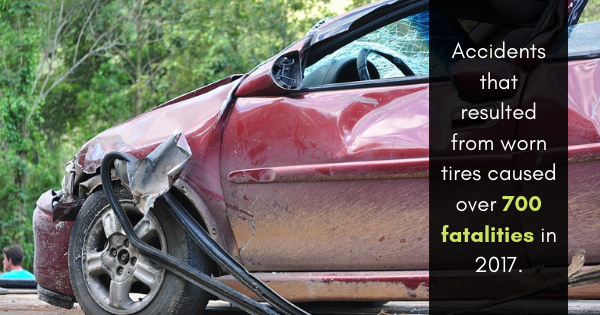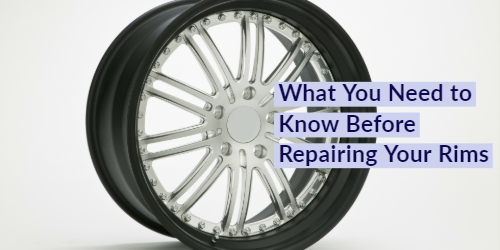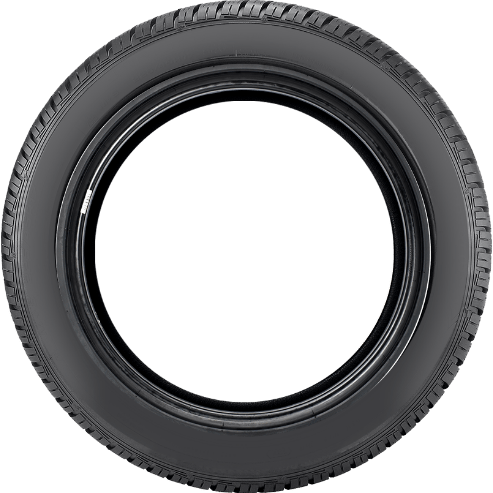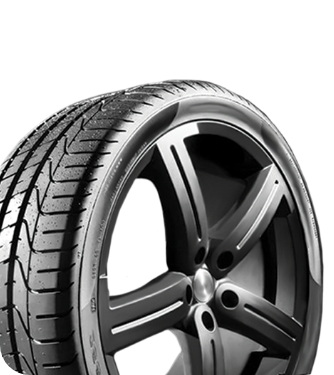

The Importance of Properly Torquing Lug Nuts
Wheels |Your vehicle’s wheels stay in place with the help of a handful of lug nuts—small but mighty components that bear the weight of your entire car. But many drivers overlook the importance of properly torquing lug nuts. Even a seemingly minor maintenance task can mean the difference between a safe commute and a catastrophic wheel failure.
Whether you’re a daily commuter navigating busy highways or someone who occasionally changes their own tires, understanding lug nut torque is essential for your safety and your vehicle’s performance. Follow along to discover why properly torqued lug nuts are crucial and how they can impact your vehicle.
What Is Lug Nut Torque, and Why Does It Matter?
Lug nut torque refers to the specific amount of rotational force applied when tightening the nuts that secure your wheel to your vehicle. This measurement, expressed in foot-pounds (ft-lbs) or Newton-meters (Nm), ensures your wheels are neither too loose nor too tight.
Torque requires a delicate balance; too-tight or too-loose lug nuts will hurt your tires and can lead to an accident. Insufficient torque allows wheels to loosen over time, while excessive torque can strip threads, warp brake rotors, or make future tire changes nearly impossible.
The Hidden Dangers of Incorrect Lug Nut Torque
Many drivers underestimate the importance of the correct lug nut torque for their vehicle, but failing to do so can lead to serious issues. Both over- and under-torqued lug nuts have their own dangers to your car.
Under Torqued Lug Nuts
When vehicle owners or mechanics fail to tighten lug nuts, they can gradually work loose due to road vibrations and thermal cycling. This can create a variety of unsafe situations for your tires that affect the rest of the vehicle.
Early stages of loose lug nuts can cause noticeable steering wheel vibrations, especially when moving at fast speeds. This wobble not only makes driving uncomfortable but also accelerates wear on suspension components and tires.
Once the lug nut begins to loosen, the process will accelerate and continue to deteriorate. The remaining nuts will bear increased stress, which will damage the entire wheel mounting system.
In extreme cases, severely under-torqued lug nuts can result in total wheel loss while driving. This catastrophic failure has resulted in numerous accidents and fatalities on roads and highways worldwide. Using proper torquing techniques for your lug nuts can help you avoid this entire situation.

Over-Torqued Lug Nuts
Loose lug nuts can cause serious issues, but that doesn’t mean excessive tightening is the answer. Excessive tightening creates its own set of problems that can compromise your safety and savings.
Over-torquing can strip the threads on wheel studs or lug nuts, requiring expensive repairs and potentially leaving you stranded. It can also apply uneven or excessive clamping forces on brake rotors, causing pedal pulsation and reducing the effectiveness of your brakes.
Difficult services can also be in your future after over-torquing lug nuts. Over-torqued lug nuts may require professional removal, increasing maintenance costs and potentially causing damage during tire changes or brake service.
How to Properly Torque Lug Nuts
Properly torquing lug nuts is a critical step in ensuring the safety and performance of your vehicle. Whether you’re changing a flat tire, rotating your tires, or performing routine maintenance, tightening lug nuts to the correct torque specification prevents a range of potential issues.
Essential Tools
Tools are an important component when it comes to torquing your lug nuts. A calibrated torque wrench is non-negotiable for proper lug nut installation. Digital models offer precise readings, while click-type wrenches provide audible confirmation when a user reaches the target torque.
Socket sets are another tool necessary for torquing lug nuts. You should use impact-rated sockets that fit your lug nuts perfectly. Worn or incorrect sockets can round off lug nuts or provide inaccurate torque readings.
Torque Procedure
- Hand-tighten first: Start by hand-tightening all lug nuts in a star or crisscross pattern. This pattern ensures even seating.
- Set your torque wrench: Adjust your torque wrench to the manufacturer’s specified value. Double-check this setting before proceeding.
- Apply torque in stages: Gradually increase torque in two or three stages, following the star pattern to prevent uneven clamping force.
- Final verification: After driving 50-100 miles, recheck lug nut torque. Initial settling may require slight adjustments.
Common Torque Specifications by Vehicle Type
While specifications vary by manufacturer, these general ranges provide useful guidance:
Compact cars: 80-90 ft-lbs
Mid-size sedans: 90-110 ft-lbs
Full-size cars and SUVs: 100-130 ft-lbs
Light trucks: 120-150 ft-lbs
Heavy-duty trucks: 140-200 ft-lbs
Remember that aftermarket wheels may have different requirements than factory wheels. Always verify specifications with the wheel manufacturer when using non-original equipment.

When To Check Your Lug Nuts
Regularly checking your lug nuts is a critical aspect of vehicle maintenance that often gets overlooked. Over time, factors like driving conditions, temperature changes, and routine tire maintenance can cause lug nuts to loosen or lose torque, so checking them at certain times will be necessary.
After Tire Installation
Any time you remove and reinstall wheels—whether for tire changes, brake service, or seasonal tire swaps—it will be necessary to properly torque the lug nuts. Many tire shops use impact guns that may not provide consistent torque, making verification essential.
Seasonal Maintenance
Include lug nut inspection in your regular maintenance routine. Check torque specifications during oil changes or before long trips. This simple step takes minutes but provides invaluable peace of mind.
After Unusual Events
Inspect lug nuts after hitting large potholes, curbs, or other road hazards. These impacts can affect wheel mounting integrity and may require torque verification.
Professional vs. DIY Maintenance
While torquing lug nuts is within most car owners’ capabilities, professional service offers certain advantages. Experienced technicians have calibrated tools and follow systematic procedures that ensure consistent results.
However, learning proper technique empowers you to handle emergency tire changes safely and verify work done by others. A quality torque wrench represents a worthwhile investment for any car owner who values safety and self-reliance.
You should consider professional service for complex wheel configurations, damaged components, or if you’re not comfortable performing the procedure yourself. The cost of professional installation is minimal compared to the potential consequences of improper torque.
Protecting Your Investment and Safety
Properly torquing your lug nuts is a fundamental aspect of vehicle safety that requires careful attention. Follow your manufacturer’s specifications and use the proper technique to ensure that your wheel attachment stays reliable.
If you’re looking for new tires, come to RNR Tire Express. Our tire shop in Laredo is ready for you to drop in and find the right tires for your vehicle. Our friendly team can help you find the best options, and our affordable payment plans ensure you can walk away with exactly what you need. Come visit us to find your new tires.





